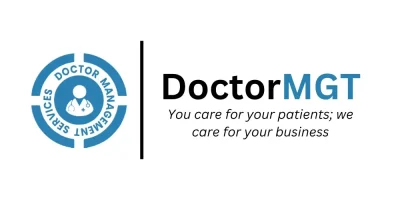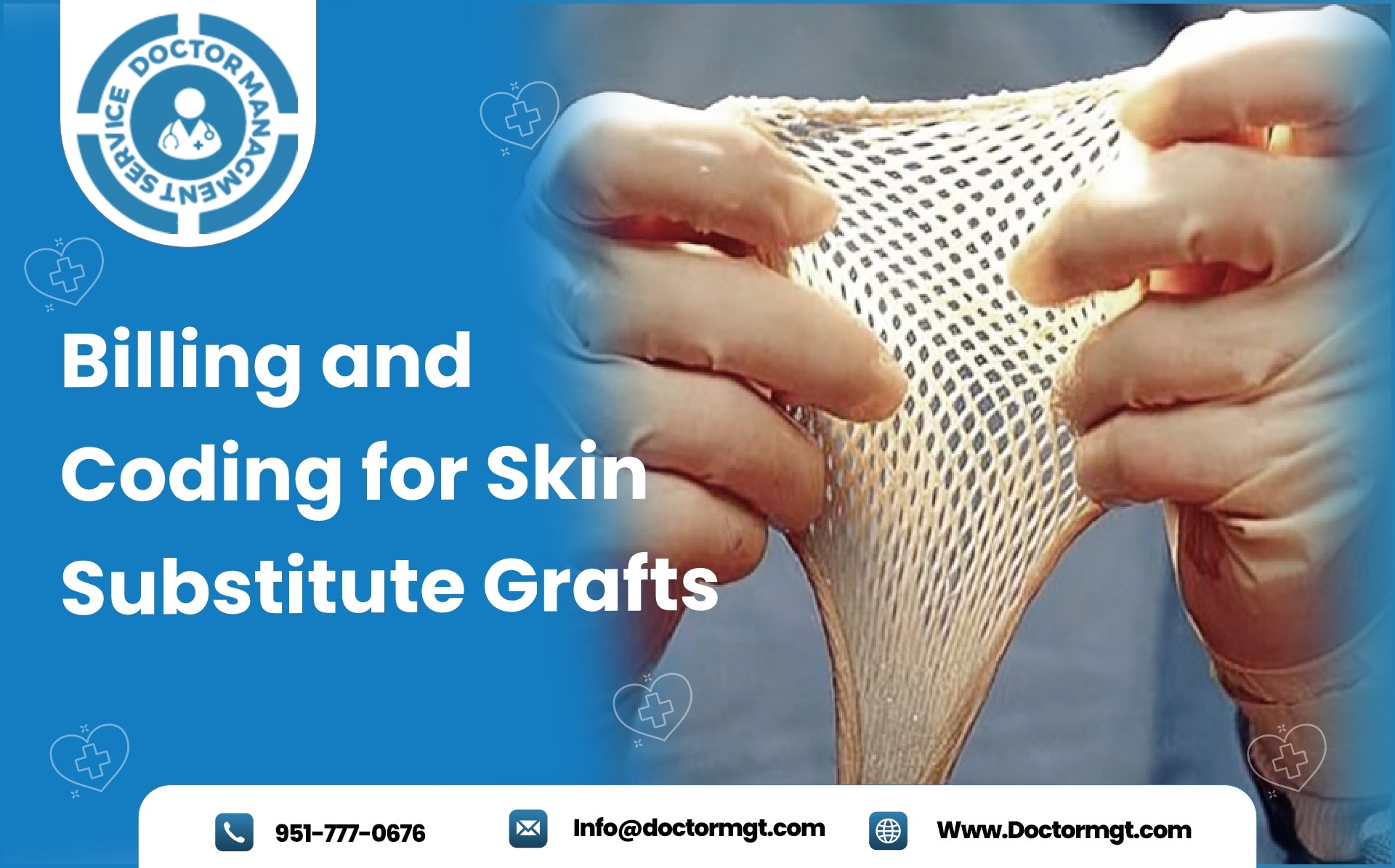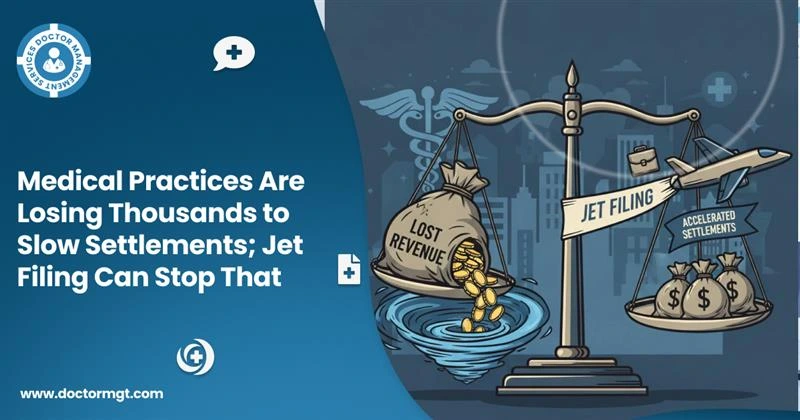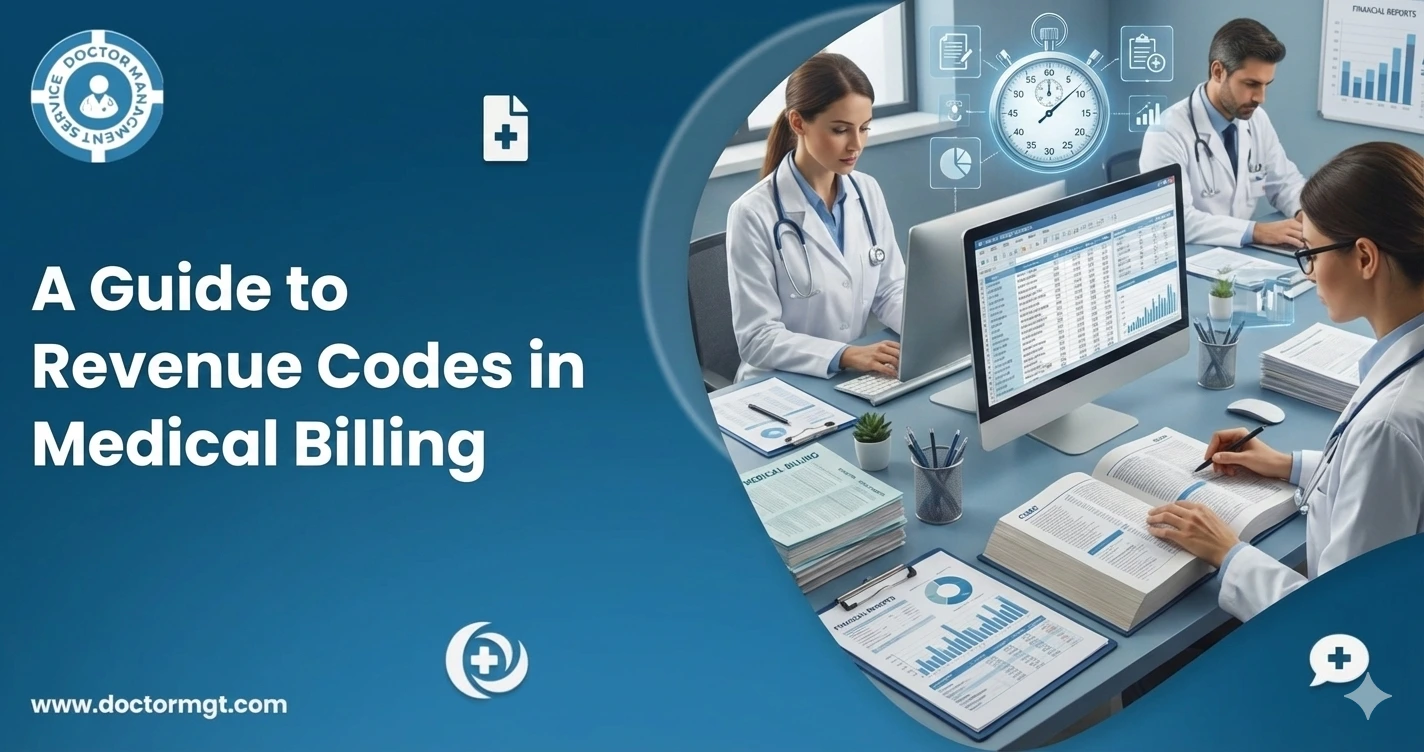Treating wounds with skin substitutes started way back in the 18th Century, introduced by Joseph Gamgee. In the healthcare industry, the importance of skin substitute grafts cannot be overstated, as they contribute significantly to the treatment of burns, chronic wounds, diabetic ulcers, and surgical defects.
However, besides their clinical significance, managing a smooth billing and coding process for skin substitute grafts is equally crucial. The billing and coding process ensures proper reimbursement for healthcare providers while maintaining compliance requirements.
When it comes to wound or burn care, comprehensive documentation is essential for billing and utmost compensation. The financial stability of medical practices requires precise coding and adherence to medical billing services California guidelines to ensure fair reimbursement.
Therefore, understanding this process is essential for the medical practitioners involved in the administration and documentation of skin substitute graft procedures. That is the reason we are going to cover all these points in one blog.
Understanding Skin Substitute Grafts:
Do you know? Your skin is the largest organ of your body and keeps humans protected from harmful elements of the external environment. For people suffering from chronic diseases, life is completely different. It adversely impacts patients’ lives, restricts their mobility, and causes social isolation.
Considering these difficulties, skin substitute grafts were introduced. Basically, it’s a skin transplant recommended for wounds that fail to heal naturally. Fortunately, there are more than 75 skin substitutes available, and the appropriate substitute can be preferred based on wound etiology.
During skin grafting, doctors remove healthy skin from one part of the body and patch it over damaged skin that is unable to heal on its own. Within a few days, the grafted skin forms blood vessels that harmonize with the surrounding skin.
Even though skin graft operations are generally successful, sometimes the transplanted skin cannot join or heal into the surrounding tissue. In such a case, patients might require a further skin graft. Moreover, skin grafts are most commonly recommended as a treatment for the following concerns:
- Burns
- Infection
- Surgery to remove skin cancer
- Bedsores, skin ulcers, or pressure injuries
- Slow-healing or large wounds
Key Points for Medical Billing and Coding for Skin Substitute Grafts:
- According to the Current Procedural Terminology (CPT) definition, skin substitute grafts comprise biological products that serve as a layer of scaffolding for skin growth, non-autologous skin (dermal or epidermal, cellular, and acellular) grafts (e.g., homograft, allograft), and non-human skin substitute grafts (e.g., xenograft).
- Appropriate codes should be assigned for skin replacement treatment, and these codes are not to be used in the case of simple wound dressings such as ointment, powder, or injectable skin substitutes.
- Non-graft wound coverings or injected skin substitute codes are not appropriate for skin replacement surgical application codes and are deemed inappropriate. If medically essential, such goods can be included in other normal treatment procedures and are not charged separately.
- The application code service denial will likewise affect the denial of the skin substitution service.
- When billing for Part B drugs and biologicals (except those covered by the Competitive Acquisition Program (CAP), the JW modifier must be used to identify unused drugs or biologicals from single-use vials or single-use packages that have been properly discarded. The discarded amount will be billed on a separate claim line with the JW modifier. Doctors must remember to include the discarded medicine or biological in the patient’s medical record.
- With a product offering for sizes, insurance companies expect the product to use a minimal amount of waste that fits the wound the best.
- The medical record has to be precisely crystal clear on how much of the biologic medication was administered and how much was thrown away when any residue was eliminated. The record should include all details: the date, time, quantity of medication destroyed, and cause of medication waste.
- The cost corresponding to this single-use package portion disposal will be reimbursed upon presentation of the product label, citing the exact product amount. The above-depicted, at least, must be listed directly in the medical records charting.
Picking the Right Code for Skin Grafts
According to the American Medical Association (AMA), there are clearly defined criteria for selecting the appropriate codes, including the nature and severity of the wound. Communicating and reporting on these procedures accurately and the allocation of codes for swift payment are of utmost importance for skin graft surgery.
The CPT codes are used to indicate the medical, surgical, and diagnostic services of skin substitute grafts. These codes may vary depending on the nature, size, and location of the graft. Here are some common CPT codes for skin graft procedures:
1. Autografts:
- CPT code 15040: Split-thickness autograft, trunk, arms, and legs of 100 sq cm or less, or 1% of the body surface area in infants and children. The skin area of the child must be greater than 150 square centimeters.
- CPT code 15050: Composition of split-thickness autograft or local donor site, face, scalp, eyelids, mouth, neck, and even internal non-visible organs like the ears, orbits, genitalia, hands, and feet, as well as single (or multiple) digits; 100 cm2 or less, or 1% of the body area of infants and youngsters.
2. Allografts:
- CPT code 15100: Split-thickness, trunk, limbs; advice for infants and children with skin cancer covering up to at least 15101 square centimeters (except 1%).
- CPT code 15101: Split-thickness: face, scalp, eyelids, mouth, neck, ears, orbits, genitalia, hands, feet, or multiple digits; less than 100 square centimeters, or 1 percent of the body area of infants and children.
3. Full-Thickness Grafts:
- CPT code 15200: Full-thick skin graft, direct, without closure of wound; donor area up to 20 sq cm.
- CPT code 15201: Skin graft, full thickness, free, including direct closure of donor site if neck, scalp, eyelids, mouth, or ears are involved, orbit, genitalia, hands, feet, and fingers or multi-digits; up to 20 sq cm.
4. Skin Substitute Grafts Coding by Site and Size
a) Total surface area by anatomical grouping less than 100 cm2
Trunk, Legs, Arms
- 1-25 cm2: 15271
- 26-50 cm2: +15272 x 1
- 51-75 cm2: +15272 x 2
- 76-99 cm2: +15272 x 3
Face, Neck, Scalp, Ears, Hands, Genitalia, Feet
- 1-25 cm2: 15275
- 26-50 cm2: +15276 x 1
- 51-75 cm2: +15276 x 2
- 76-99 cm2: +15276 x 3
b) Total surface area by anatomical grouping greater than or equal to 100 cm2
Trunk, Legs, Arms
- 100 cm2: 15273
- 101-200 cm2: +15274 x 1
- 201-300 cm2: +15274 x 2
- 301-400 cm2: +15274 x 3
Face, Neck, Scalp, Ears, Hands, Genitalia, Feet
- 100 cm2: 15277
- 101-200 cm2: +15278 x 1
- 201-300 cm2: +15278 x 2
- 301-400 cm2: +15278 x 3
All these codes, however, are not the only ones, because there are many stipulations for other events as well. It is essential to consult with a qualified medical coder or healthcare staff to make sure the codes portrayed are correct based on the given situation of the procedure.
Moreover, healthcare providers should bear in mind that, like personal injury billing codes, these codes are also regularly updated, so whenever they are using the CPT manual, they must have the freshest version of the manual.







